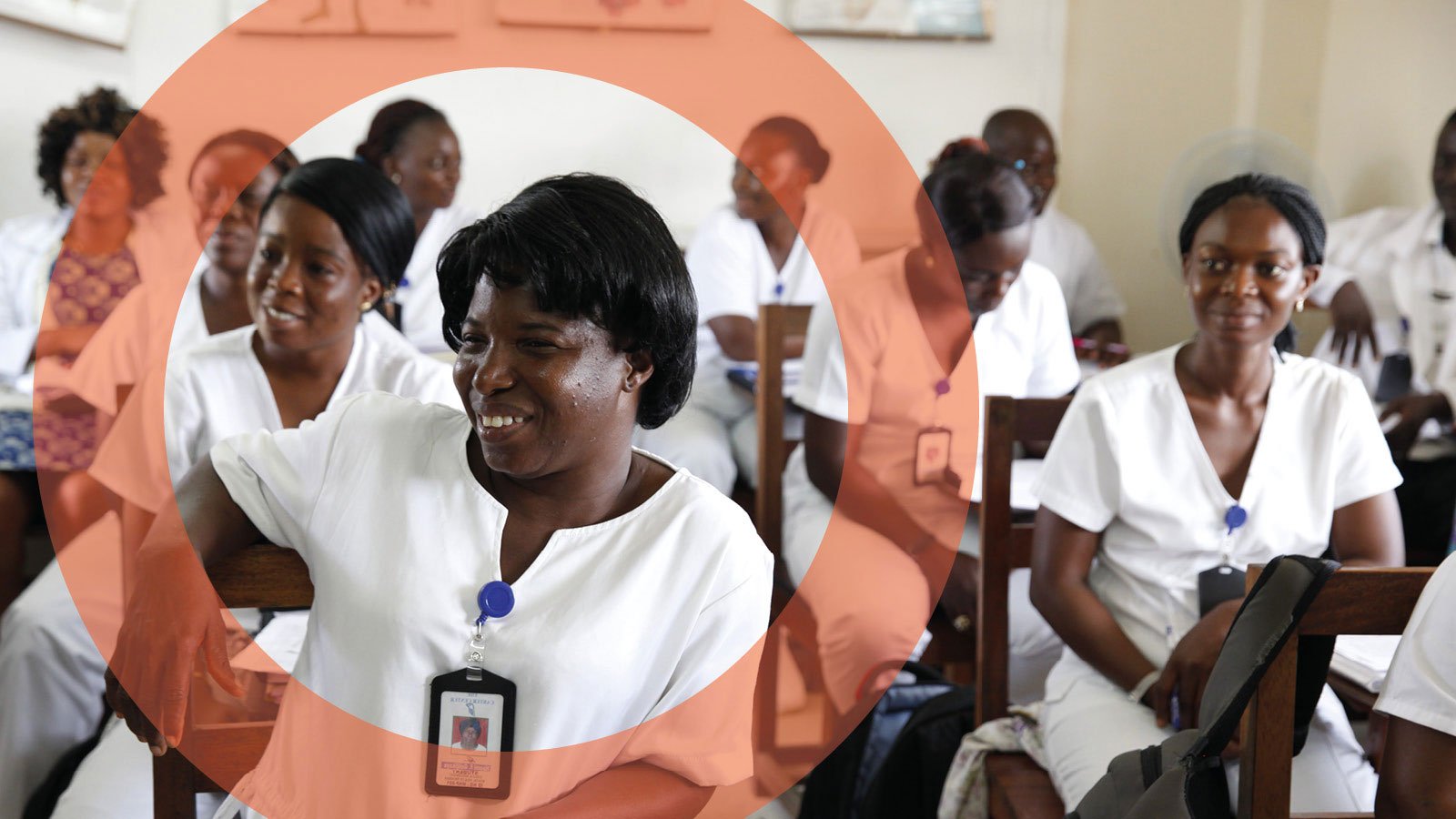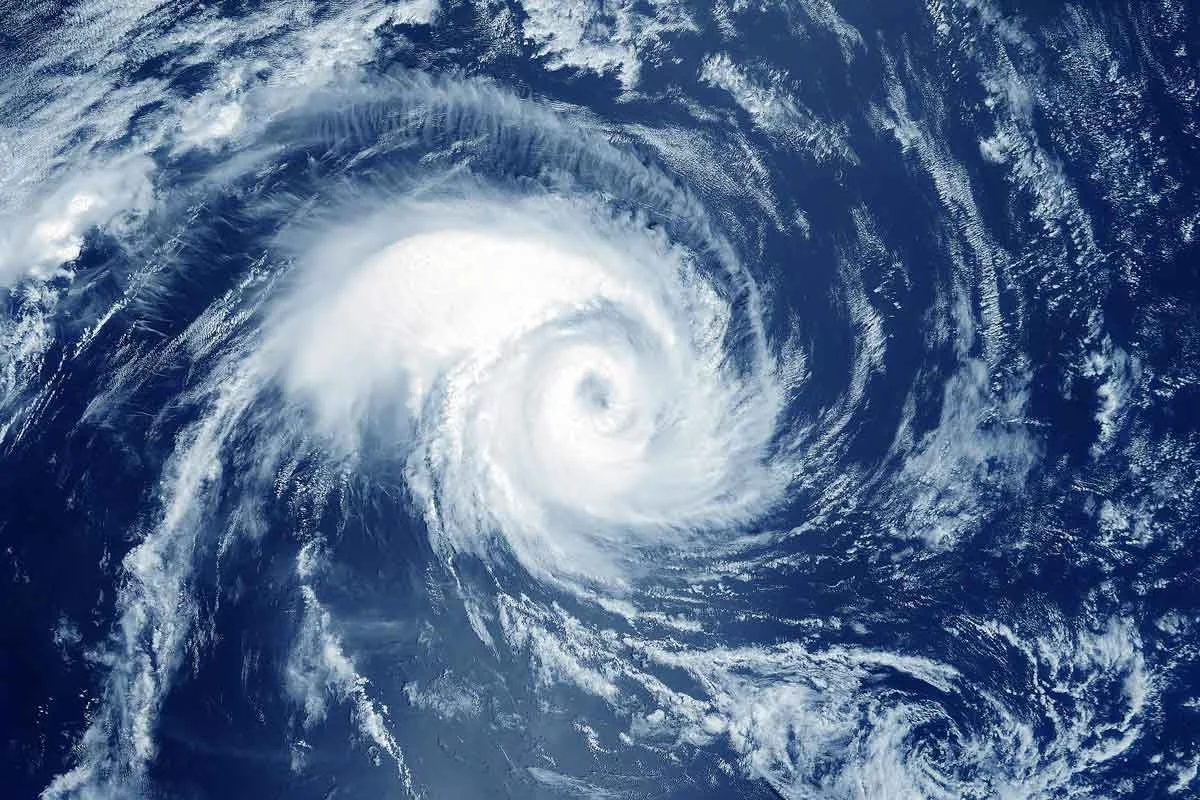
BLOGS
The state of pre-arranged financing for disasters 2023
Planning and preparing for shocks pays. Pre-arranged financing (PAF) for disasters has the potential to significantly increase the predictability, speed and effectiveness of responses to shocks, reducing the human and financial costs. We know little, however, about how much pre-arranged financing is required to protect crisis-vulnerable people against risk and how far we are from achieving adequate coverage, targeted to the right places, for those people most at risk.
Beyond parametric: Insuring the IFRC Disaster Response Emergency Fund
The launch of a new risk transfer instrument by the International Federation of the Red Cross and Red Crescent Societies (IFRC) marks an important milestone for risk transfer in humanitarian contexts. In this blog post our Lead Risk Advisers, Conor Meenan and Cristina Stefan, explain what makes the policy unique.
Reimagining risk transfer: Indemnity insurance for the DREF
For the past two years, the Centre for Disaster Protection Advisory team has worked with the International Federation of the Red Cross to explore an innovative financing project supporting the ambition to scale the Disaster Response Emergency Fund using risk transfer and the private insurance market.
Breaking the cycle: The role of Disaster Risk Finance in the fight against disaster inequality
Anna Svensson, Policy and Strategic Partnerships Officer, has spent her career working in the not-for-profit sector and multisectoral collaborations. On this International Day for Disaster Risk Reduction, she reflects on the Centre's evidence workstream and how tackling disaster inequality underpins our focus on impactful disaster risk finance.
Scalable solutions in pandemic and epidemic risk finance
Cristina Stefan is Lead Risk Finance Adviser at the Centre for Disaster Protection. Her journey into development and epidemic risk financing began nearly a decade ago. In this blog post, she highlights the need for pre-arranged financing, fit-for purpose instruments and the right incentives to facilitate timely and effective outbreak response, if the world is to be ready for the next pandemic.
The language of collaboration: Why disaster risk finance matters for the G20 – and why the G20 matters for disaster risk finance
In our latest insight, Anna DeGrauw explores the critical connection between disaster risk finance and disaster risk reduction within the UN frameworks, emphasising the pivotal role of the G20 in advancing this collaborative agenda given the significant challenges the member countries face. Pre-agreed language and the G20's convening power offer the potential for transformative change.
Global Shield: a key tile in the mosaic of funding for loss and damage?
This blog navigates the complexities surrounding the intricate landscape of funding arrangements aimed at addressing climate-related losses and damages, shedding light on the Global Shield's role as an essential piece in this broader mosaic.
Putting people first in disaster risk finance – the Centre's new accountability guidance
The Centre’s new guidance on accountability provides an accessible framework that applies core elements of accountability to the specificities of DRF instruments. Whether you are promoting, designing, delivering, evaluating or advocating for better DRF initiatives, this guidance is intended to support your work.
The future of Anticipatory Action: Four challenges to reaching scale and sustainability
The Centre for Disaster Protection recently concluded learning exercises on the Central Emergency Response Fund (CERF) Anticipatory Action (AA) pilots in Nepal and Bangladesh, as part of our process learning support to OCHA. The focus was on moving to greater scale and sustainability for AA in each country. Four key challenges arise from the studies, which are relevant for any anticipatory action actors considering the difficult issue of how to move beyond pilots.
From ‘no-go’ to ‘must have’: where next for premium support?
Contributions to help low-income countries pay for insurance premiums has become a ‘must have’ in the disaster risk finance toolbox. However, evidence is lacking on how to design premium subsidies that lead to sustainable protection. In our latest insight, we discuss country ownership, international responsibility and c a global ‘risk deal’ to upscale protection in climate-vulnerable countries.
The art of being an actuary: what my year with the Centre taught me about creativity and collaboration in disaster risk
“I thought my year-long secondment to the Centre for Disaster Protection would teach me a lot about the world of international development and disaster risk financing. However, it has also taught me a lot about myself.”
Staying ahead of the curve: applying a disaster risk finance lens to epidemic and pandemic risk
Timely finance can play a critical role in tackling epidemic outbreaks by outpacing the exponential rate at which infection can spread. Our new insight paper takes a closer look at disaster risk finance for pandemic and epidemic outbreaks.
Unveiling the state of pre-arranged financing for crises
The Centre for Disaster Protection is on a mission to prevent disasters from devastating lives by ensuring that countries are better prepared for crises. To protect people from the devastating impacts of disasters pre-arranged financing should be the primary way to pay for crisis response so that funding gets where it is needed faster, with greater impact.
But how much pre-arranged financing is there, and where does it go?
Remembering Jonathon Gascoigne
We are mourning the loss of our dear colleague, Jon Gascoigne.
Salve for the shock: a case for leadership on debt pause clauses
As the World Bank welcomes its newly appointed leader, Ajay Banga, this post explores the practical and philosophical considerations associated with multilateral lenders taking the lead in implementing pause clauses.
A world in crisis: who foots the bill?
The Centre for Disaster Protection partnered with Tortoise Media to host a thought-provoking online on the pressing issues of accelerating debt, climate change, and disaster risk, while questioning the suitability of 20th Century institutions in addressing the challenges of the 21st Century.
Every day counts: evaluating the benefits of early action during a crisis
Typically, help in response to a humanitarian crisis comes after the fact and is requested through formal appeals. This type of response can be delayed, influenced by political factors, and often inadequate. UNOCHA and partners piloted a large-scale collective anticipatory humanitarian response to flooding in Bangladesh in 2020. In this insight, Lydia Poole, Associate Director for Evidence, shares her thoughts on what the evaluation of the intervention could mean for a system-level shift towards anticipatory response.
Growing interest: Taking debt pause clauses to scale for resilience and recovery
Our new Insight Paper examines an innovation in sovereign debt contracts that may be groundbreaking in its potential impact on public finances and lives of citizens in disaster- and climate vulnerable countries – a debt pause clause.
Better is possible: How the World Bank can rise to meet climate and crisis risk
In August 2022, extreme monsoon rains exacerbated by glacial melt runoff, resulted in catastrophic floods in Pakistan. The damage was on an unprecedented scale, with flood waters inundating tens of thousands of square kilometres. Pakistan sought substantial support from the international community for assistance with the immediate humanitarian response, as well as recovery and reconstruction efforts estimated in the billions of dollars.
The Chile cat bond – taking the temperature
The Republic of Chile has just purchased its second World Bank intermediated catastrophe bond. This is the first real test of World Bank-intermediated cat bonds in what is currently an expensive market for buyers. As well as adding earthquake protection for Chile’s public finances, this transaction offers useful insights for other countries looking to purchase capital markets risk transfer.
In this insight, Lead Risk Finance Adviser Conor Meenan explores why countries might choose to buy risk transfer even when costs are high and discusses aspects of the bond that affect its final price.




















